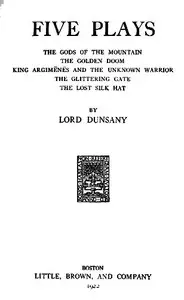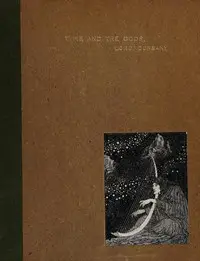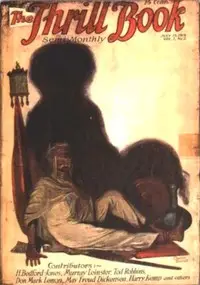"A Dreamer's Tales" by Lord Dunsany is a compilation of fantasy stories from the early 1900s, venturing into imaginative worlds brimming with captivating scenery, legendary beings, and thought-provoking ideas. The collection combines concepts of attractiveness, yearning, and the captivating appeal of the unfamiliar, shown through characters like young men from calm kingdoms, drawn to the puzzling Sea; it starts by familiarizing the reader with tranquil kingdoms next to the ominous Poltarnees mountains where men start a journey to discover the unknown Sea, propelled by intense desire; and tells of Athelvok, a hunter promising to return after climbing Poltarnees, linked with love, beauty, and desire's elusive nature, as shown through relationship events.

A Dreamer's Tales
By Lord Dunsany
In realms of beauty and unknown mysteries, young men pursue their deepest longings, forever chasing the horizon between love, fate and desire.
Summary
About the AuthorEdward John Moreton Drax Plunkett, 18th Baron Dunsany, commonly known as Lord Dunsany, was an Anglo-Irish writer and dramatist. He published more than 90 books during his lifetime, and his output consisted of hundreds of short stories, plays, novels, and essays; further works were published posthumously. Having gained a name in the 1910s as a great writer in the English-speaking world, he is best known today for the 1924 fantasy novel The King of Elfland's Daughter, and his first book, The Gods of Pegāna, which depicts a fictional pantheon. Many critics feel his early work laid grounds for the fantasy genre.
Edward John Moreton Drax Plunkett, 18th Baron Dunsany, commonly known as Lord Dunsany, was an Anglo-Irish writer and dramatist. He published more than 90 books during his lifetime, and his output consisted of hundreds of short stories, plays, novels, and essays; further works were published posthumously. Having gained a name in the 1910s as a great writer in the English-speaking world, he is best known today for the 1924 fantasy novel The King of Elfland's Daughter, and his first book, The Gods of Pegāna, which depicts a fictional pantheon. Many critics feel his early work laid grounds for the fantasy genre.


















